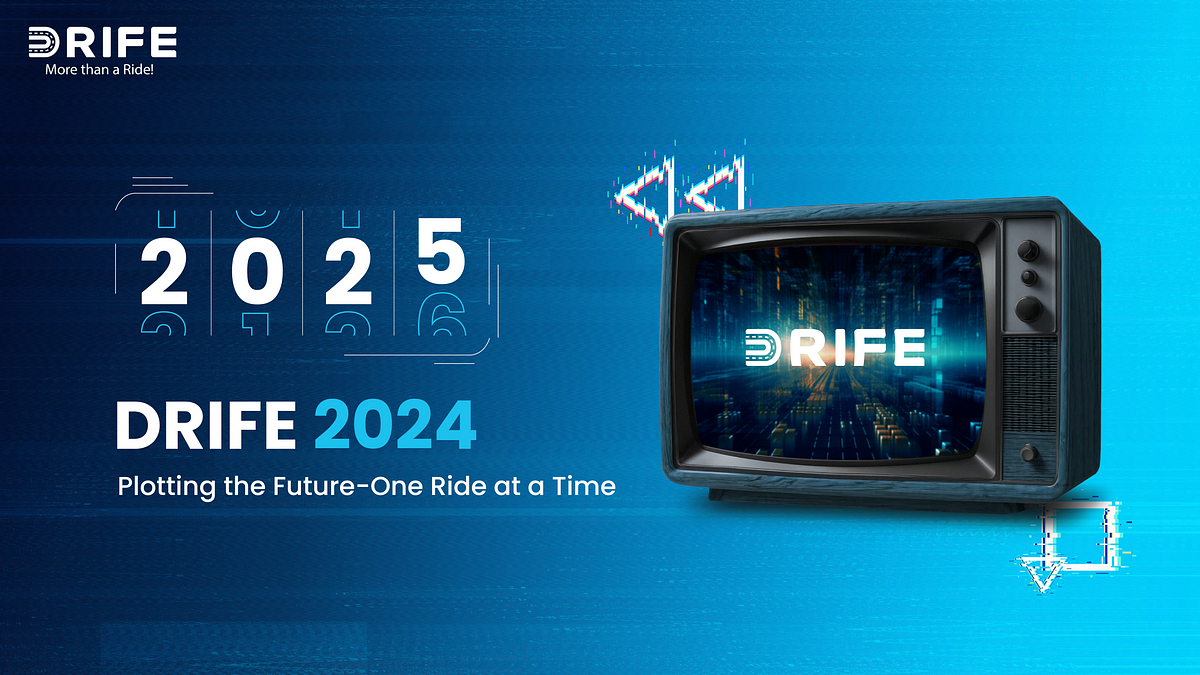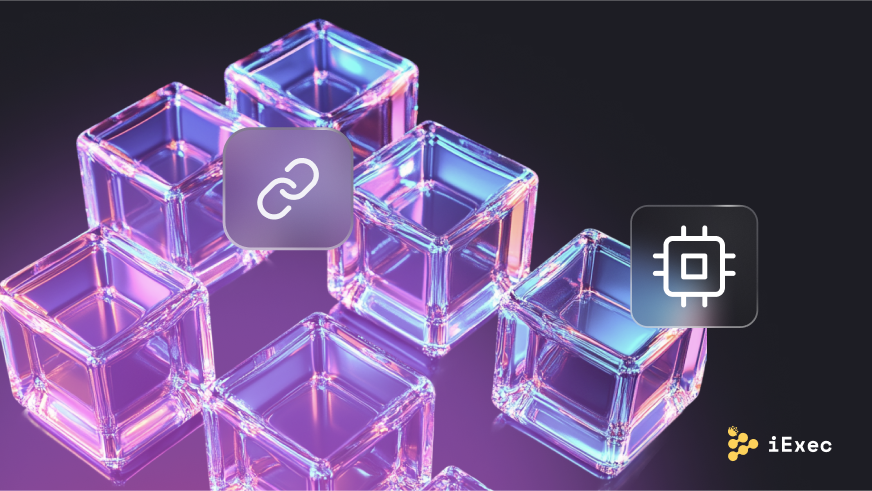DRIFE's Decentralized Revolution: A 2024 Recap

In 2024, DRIFE took the decentralized ride-hailing industry by storm, transforming the way users interact with transportation. With a series of innovative updates and partnerships, DRIFE not only enhanced its platform but also solidified its position as a leader in the Web3 space. The integration of ZkLogin streamlined user sign-ups, ensuring privacy and security without the hassle of forgotten passwords. Additionally, the migration of $DRF tokens to the Sui Network resulted in faster transactions and lower fees, showcasing DRIFE’s commitment to providing a seamless user experience. With over 1.23 billion tokens successfully migrated, the platform is set for a thriving future.
The launch of the Share2Earn campaign gamified the ride-sharing experience, allowing users to earn DRF tokens effortlessly. This initiative not only incentivized participation but also fostered a sense of community among users. Furthermore, DRIFE made history by becoming the first token to migrate on the Sui platform and subsequently listing on MEXC, marking a significant milestone in its growth journey. The company’s expansion into Dubai, where it secured a license and launched its services, exemplified its ambition to revolutionize ride-hailing in one of the world’s most dynamic cities.
Throughout the year, DRIFE showcased its presence at major global events, including TOKEN2049 in Singapore and the Dubai Future Blockchain Summit. These engagements allowed DRIFE to network with industry leaders and promote its vision for decentralized transportation. The company also launched the World of DePIN podcast series, further establishing its thought leadership in the space. As DRIFE looks forward to 2025, it remains committed to driving decentralization and innovation in the ride-hailing sector, inviting users to join them on this exciting journey into the future.
Related News





